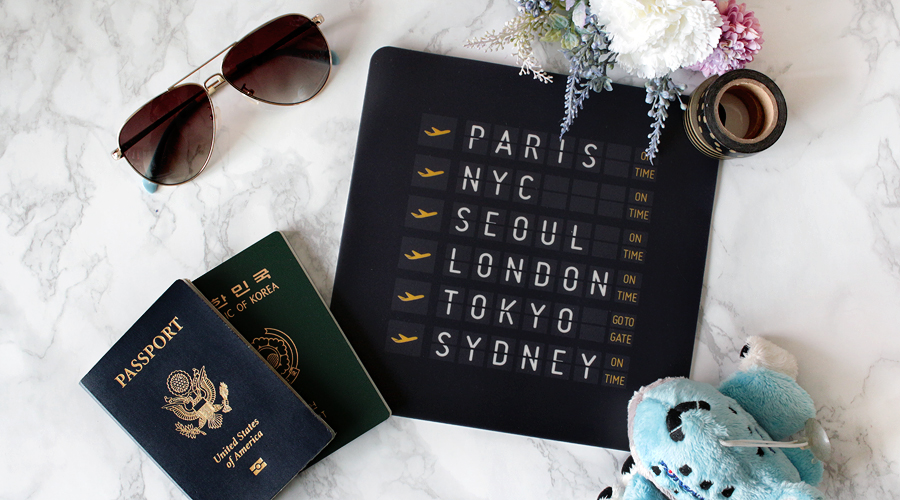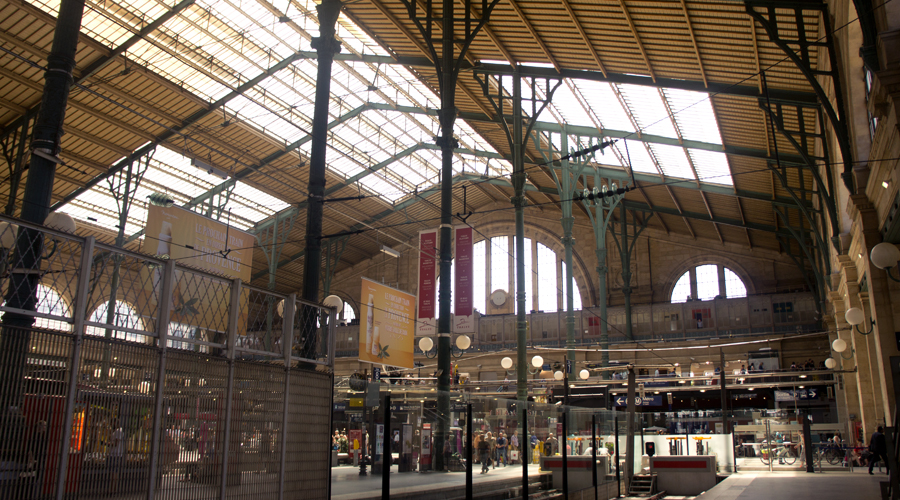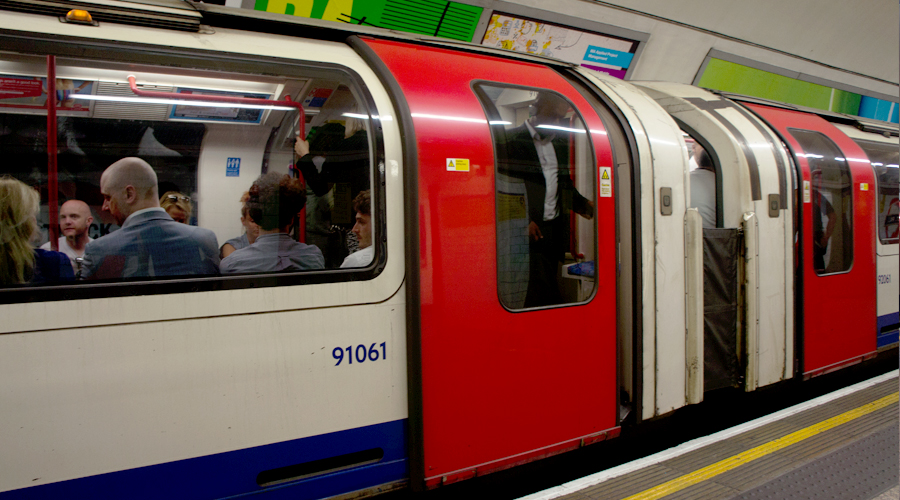
There seems to be two general categories when characterizing a traveler. The hardcore planner and the spontaneous wanderer. I am a planner, and I’m always a bit sad to see posts that bash planning and argue that you should stop trying to plan your trip and learn to enjoy the art of travel by wandering and discovering new things. Planning doesn’t eradicate the wandering and exploring aspect in a trip, and can actually enhance your experience! It’s great to strike a good balance between planned experiences and spontaneous ones, rather than blindly hoping to win the golden experience lottery.
#. Consider the Odds
Even if you’re quite good with a map or going to be using a navigation app, you’re bound to get lost and wander about anyway. Because it’s so easy to spot something cool and wander off on a tangent and see a whole lane before getting back on track. Now, think about the last time 10 times you wandered about in your local city. How many times did you find something really interesting? Wouldn’t you rather wander about in an area full of interesting things to see, rather than a bunch of empty alley ways? In the case of the latter, you won’t see much and there’s also a safety issue involved. So rather than walking aimlessly and hoping that on an off-chance you’ll see something amazing, pick a couple of areas you want to see that day and let the wandering naturally unfold. The last thing you want is to have seen nothing but empty roads and finally spot something amazing after closing hours. If you’re really bent on going off the beaten road, get out of the major cities. The roads of most major cities have been well beaten, and are usually paved.
#. Planning Proportions
The amount of planning you do should be proportionate to:
- How much time & money you’re going to spend on this trip
- How many times you’re going to repeat this trip.
If you’re traveling somewhere locally and you could go there anytime you wanted to, you don’t lose out by not planning the trip; you can always go back another weekend. But if you’re hopping on a 10 hour flight and spending hundreds or even thousands on traveling costs, then you’re probably going to want to experience the best that the place has to offer.
#. On “Experiencing the Life of the Local”
Oh the glamour of walking down the streets experiencing the life of the local! People tend to forget the fact that locals have usually already seen that “touristy” location through field trips, family trips, and such. They’ve studied the history of these places in their textbooks and understand that it creates the backbone of their culture and identity. So a Parisian walking down the Seine hearing the bells of Notre Dame is likely to have a very different experience than the traveler who has skipped the Notre Dame deeming it to be a “touristy” thing to do. Don’t forget that there’s a reason why these major locations have inspired art, literature, fashion, and culture over the centuries!
#. The Best & Worst Eats
Most locals know where the best and worst places to eat are, even if they’ve not eaten there before. Because there will always be someone in your family or among your friends that is always trying out new places and telling you about it. Luckily for us, all of this information can be found between Trip Advisor, Yelp, or local blogs. So let’s say you have restaurant A and B, both serving the same type of food at the same price point. Which would you rather choose?
- A: Highly recommended by locals and tourists alike for 5 star food and service
- B: Random place on the street that could be good but also could be a 1 star hole in the wall that upsets not only your stomach but your plans for the rest of the day.
Again, it doesn’t matter too much if you’re somewhere local and get an upset stomach for the day. If you’ve spent hundreds on a plane ticket and it’s not easy to come back, well, that’s quite a big loss if you have to spend the rest of your day sick.
#. Opening & Closing Hours
Each city and venue has its differences when it comes to opening and closing hours. For the most part, cultural sites and markets tend to close early. In Europe they seem to close earlier. If you didn’t plan your trip and spent all afternoon wandering the streets of London and walked into the National Gallery at 5pm, you’re really not going to see much before you get herded out of the gallery at six. You can wander the streets to your heart’s content after major sights, museums, and markets have closed, so plan to visit these earlier in the day. Getting there before opening hours will also help you beat the long lines!
#. Reserved Tickets
Some places like the Shard will require you to reserve a ticket and a time slot in advance. Musicals, plays, and concerts also require ticketing in advance. You’ll also have to figure out what time you want to get to the area by and what to eat before it starts. Last minute ticket chances could be an inexpensive opportunity, but if you get unlucky you could be in the very back corner and have difficulty seeing the stage or the actors facial expressions. So it pays to plan things in advance!
#. Backup Plan
Aside from something not being open, there can be so many other factors why you don’t get to see something. Delayed transportation, strikes (the National Gallery was on strike the day before I landed in London and the whole New York metro was on strike while I was visiting in the freezing winter), restoration construction, travel companion problems, tired feet, and so on so forth. So it’s always a good idea to have a few other options in the area. You could potentially look up a place on your phone, but that consumes precious battery life and unless you got a sim card or roaming you’ll have to find a spot with wifi. It’s so much easier if you have a few spots marked on a map ready to go!
Your turn ♥ Are you a planner or a spontaneous wanderer? What are some other good reasons to plan for a trip?



